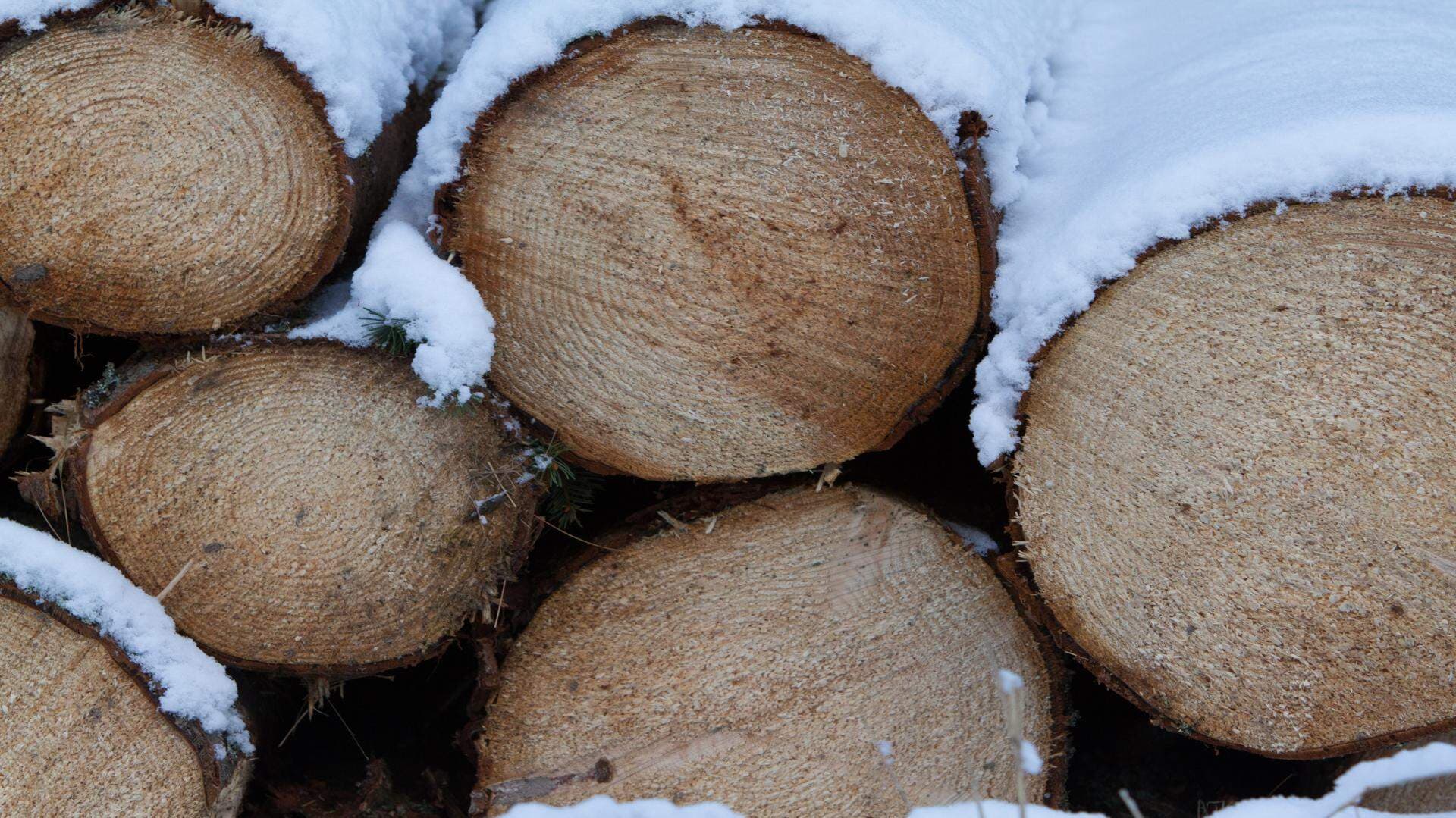Forests are a prerequisite for a green economy
In order to build a truly green economy and tackle the housing shortage, we need to bring a new and long-term perspective to the problem. Fortunately, fresh ideas are, quite literally, growing on trees.

This is because – when looking for a renewable, recyclable raw material - wood provides an ideal solution. It provides a dual benefit; both when it is growing and when it is in use. Therefore, it is the duty of the forest-rich countries to tell what should already be obvious – namely that active, sustainable forest management helps make it a virtually infinite resource.
This is why, on 28 January, the ‘Wood Be Better’ network organised a digital seminar dedicated to how wood can contribute to creating greener homes and buildings.
Anna Holmberg, from the Swedish Forest Industries, welcomed the participants. She informed them that 280 people from over twenty countries had registered for the seminar. Clearly, interest in forests, forest-based products and the new economy is substantial.
Lennart Ackzell, from LRF Skogsägarna (the Federation of the Swedish Family Forest Owners), pointed out the importance of forests in achieving Europe’s climate goals. Trees, he said, provide much more than simply wood – they offer pulp, paper, textiles, fuel and electricity. They provide a renewable source for replacing many different resources and raw materials - all we need to do is think broadly enough.
Erik Bergkvist, Social Democrat (S&D) MEP is a member of the REGI committee and deputy in the BUDG and ITRE committee - he is also one of the hosts for ‘Wood Be Better’ - chaired the seminar. He explained that he, like so many Swedes, pretty much grew up in the woods. His first summer job was to be part of a team planting a forest; in total there were ten boys who planted half a million seedlings in a single summer. Bergkvist still passes the forest occasionally; the trees he planted are still growing. His hometown of Umeå is also growing, including in height.
– Here, you don’t just build two or three floors, but rather whole wooden skyscrapers.
Peter Handley, Head of Unit at the European Commission’s Industry Directorate, with responsibility for energy-intensive industries and raw materials, said that 40 percent of the EU’s emissions come from its buildings.
– This level must be, and it can be - reduced if we deploy renewable, CO2-storing materials such as wood and use AI to control functions such as heating and cooling.
He also emphasised - in light of the wave of renovations the Commission seeks to initiate - the importance of thinking sustainably.
– Our goal is to double the current renovation rate, from 1 percent to 2 percent each year. This will create jobs and ensure the availability of housing with acceptable standards. However, it must be done in such a way as to be sustainable and environmentally friendly – this involves using renewable materials such as wood.
Stefan Lindbäck, CEO of the Lindbäck Group, believes that they are an example of a company that is already ”walking the talk”. The Lindbäck Group is a family company that is in its fourth - soon to be fifth - generation of manufacturing wooden residential buildings, ranging from two to eight storeys in height.
– We have drawn inspiration from the car industry in our production approach, which among - other things - has led to an extremely close collaboration with our suppliers and minimal waste of raw materials. We simply build with the wood that is delivered to us; it is our suppliers who are experts in getting the most out of the raw material. If we work together, the result will be better, and waste will be reduced.
Lindbäck sees a future in the ”timber on top” model, achieving increased housing density by increasing the height of buildings.
– It is fairly straightforward to build on top of existing structures. This approach means we can increase the density of the city without having to remove valuable green spaces.
Paul Brannen, Head of Public Affairs for CEI-Bois, sees potential primarily in the renovation wave.
– If we use wood to make new floors, insulation and window frames, carbon dioxide is stored into the buildings - there is enormous potential there.
And it is not just here that wood offers real advantages, says Brannen.
– Wood is lightweight. A ten-storey house built out of wood in London weighs one-fifth of a conventional building and requires 80 percent less transport.
In the discussion that followed, Anna Holmberg inverted the accepted conventions of such seminars, making a statement and then asking the panellists whether they agreed or disagreed. One such statement was that wood is an essential condition for being able to create a circular and bio-based economy.
The panellists agreed, with Peter Handley stating that sustainability must permeate the entire chain.
– Wood is an infinite resource, and in principle is always reusable. But it also means already thinking about the sustainability, waste and recycling aspects during the design process.
Erik Bergkvist concluded by saying that - even although he has been involved in forests for so long - there were still new things to learn.
– We are undergoing a shift, where we are using wood in new ways and also evaluate the environmental aspects in new ways. However, Sweden and Finland also have a responsibility to bear here. While we gain our knowledge about the benefits of renewable forests with our mothers’ milk, we have to share these insights with the rest of Europe.